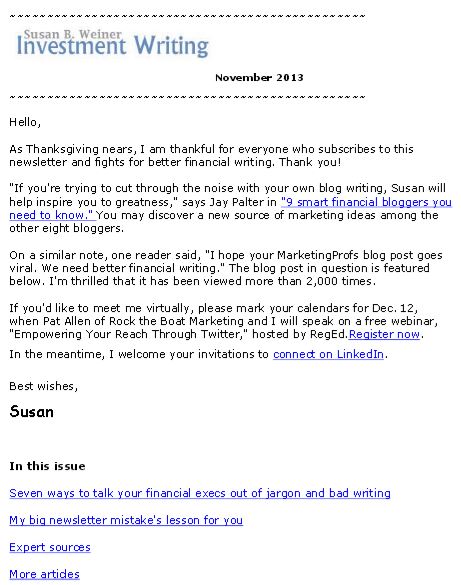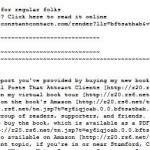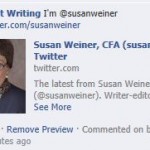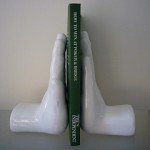Boost your newsletter list’s power with this tip
If your newsletter is a good source of prospects who turn into clients, this tip can help you boost its effectiveness. Contact people who land on your “bounce” list when your newsletter stops reaching them. Your message is a gentle reminder of your availability. Plus, updating their email addresses means you’ll still be in touch with them once they feel a pressing need for your services or products.
I have at least one client whom I can directly attribute to this practice. A newsletter subscriber introduced me to the key people at his firm when the firm finally had a need for my services. This wouldn’t have happened if I hadn’t asked for the subscriber’s new email address after my newsletter bounced back from his email address at his previous job.
Another reason to follow up on bounces is because bounces hurt your email address’ reputation. This can reduce the deliverability of your emails.
Here’s a process you can follow:
- Assess why the email bounced. If an email bounced because the recipient’s inbox is full—and the bounce is a one-time event—you can wait to follow up. If your emails have been bouncing for awhile, it’s worth following up.
- Look at the individual’s LinkedIn profiles. If an individual has changed jobs, it’s obvious that you need a new email address. If there’s no change, it may be that the firm’s service provider is blocking your messages for some reason. Perhaps because your newsletters seem spammy or it doesn’t like your newsletter service provider. Sometimes I suggest that people re-subscribe from a personal email address, rather than battle their technology providers.
- Contact the person via a LinkedIn message, if you’re connected. You could try the email address in your database, but that so rarely works that I’ve given up trying that. Now I go straight to LinkedIn. I usually use a subject line along the lines of “May I update your email address?” I keep the body of the message short: “You subscribed to my Investment Writing newsletter, but it has been bouncing. May I update your email address?“
- Try other methods if you’re not connected on LinkedIn. You can use LinkedIn InMail to contact people with whom you’re not connected, if you have a Premium account or pay a fee. You could also contact the individuals with a LinkedIn connection request, mentioning your newsletter. Or, you can go the firm’s website to see if you can figure out the person’s email address or use a contact form to reach them.
- Update your e-newsletter list. This means inputting new email addresses and removing the email addresses of people who don’t respond or who ask to be removed.
Follow these steps and you’ll boost your email deliverability and maybe even land some new business.






